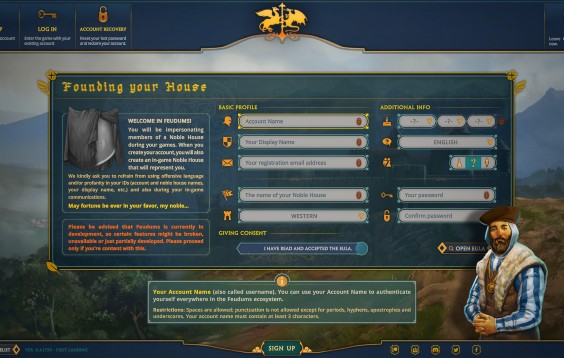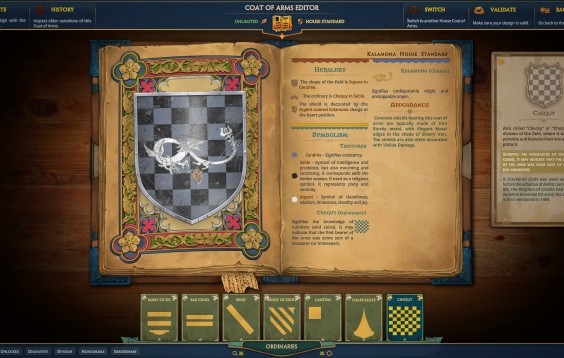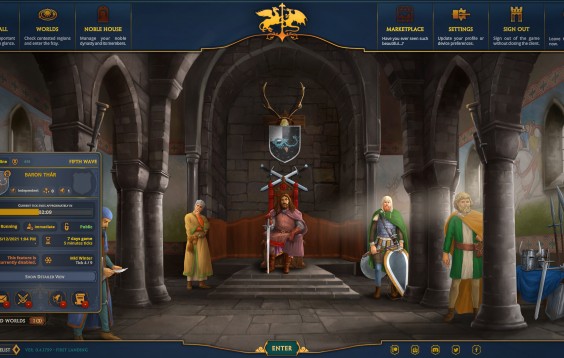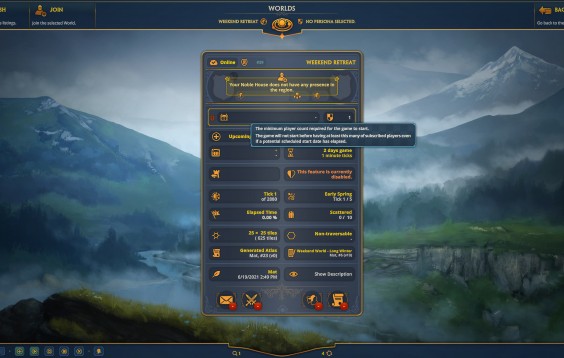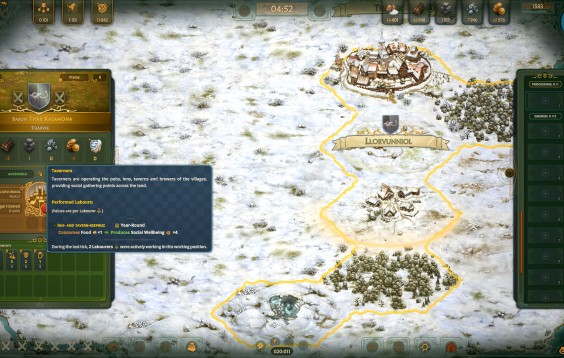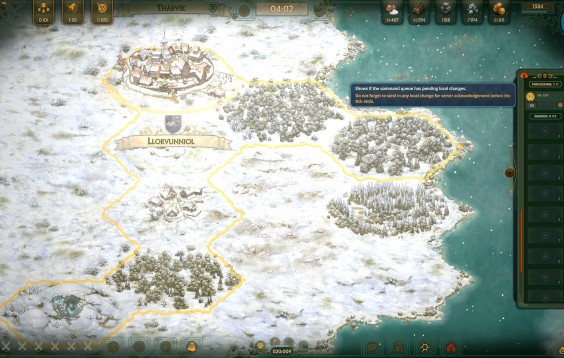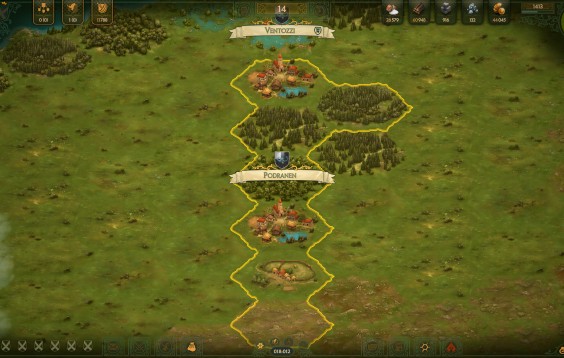Hey,
As the game currently lacks some important tutorials - scarce resources to be blamed - I thought it would be best to give a few pointers for a smoother start. Its better late than never.
This is kind of an "unofficial" official tip & tricks for the 0.4.1759 build.
I deliberately chose to put the tips here rather than in an article as I would encourage everyone to participate. Feel free to add your questions or post your own tips and insights here!
Shortcuts:
- Pre-Game topics
- Game Sessions & Game Design topics
- The Map UI & Shortcuts / Key Bindings
- Tips, Tricks & Some Gameplay Hints
You may also look for help on our discord channel, which you can find just to the top left of this forum topic. You don't even need the discord client to join as they also have web access.


